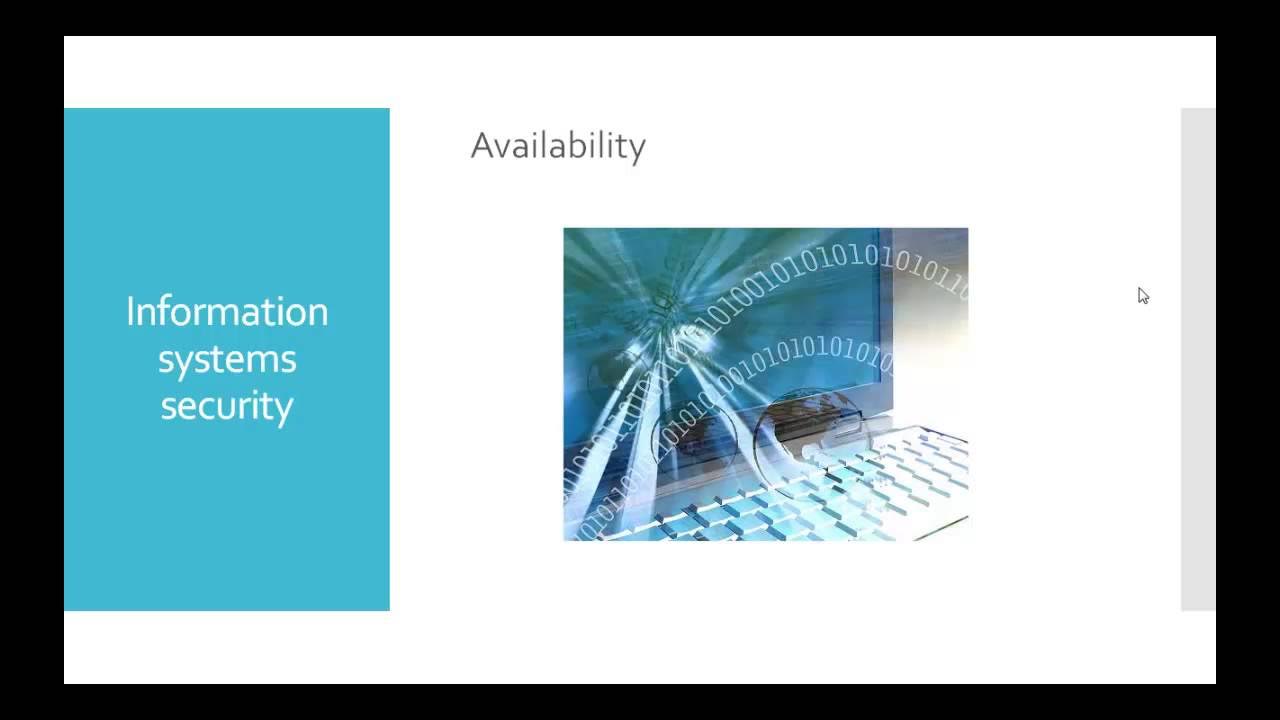CompTIA Security+ SY0-701 Course - 4.6 Implement and Maintain Identity & Access Management - PART B
Summary
TLDRThis lesson delves into various access control types, focusing on Mandatory Access Control (MAC) used in military and government, Discretionary Access Control, and Role-Based Access Control for streamlined management. It also covers Rule-Based and Attribute-Based Access Controls, emphasizing the principle of least privilege for minimizing security risks. The importance of privileged access management tools like just-in-time permissions, password vaulting, and ephemeral credentials is highlighted for securing critical systems, underlining the need for tailored cyber security strategies.
Takeaways
- 🛡️ Mandatory Access Control (MAC) is a centralized model where security levels regulate access rights, often used in military or government settings.
- 📁 Discretionary Access Control (DAC) allows users to control access to their own resources, with the resource owner deciding on permissions, like setting file permissions.
- 👥 Role-Based Access Control (RBAC) assigns permissions based on a user's role within an organization, simplifying management and ensuring access is job-specific.
- 📋 Rule-Based Access Control sets permissions according to predefined rules or policies, such as time of day restrictions.
- 🔍 Attribute-Based Access Control (ABAC) uses a combination of user, resource, and environmental attributes to determine access permissions.
- 🏢 The principle of least privilege ensures users have only the necessary access to perform their duties, reducing potential damage from errors or attacks.
- 🔒 Privileged Access Management (PAM) tools are essential for controlling high-level access to critical systems, enhancing security.
- ⏱ Just-in-Time (JIT) permissions grant temporary access rights for a limited time, reducing the risk of persistent privileges.
- 🗝️ Password vaulting securely stores and manages passwords, mitigating the risks of password reuse or exposure.
- 🔑 Ephemeral credentials are temporary and expire shortly, increasing security by limiting the lifespan of credentials.
- 🔄 Effective implementation of access control mechanisms and PAM tools is crucial for securing an organization's assets and adapting to specific needs and threat landscapes.
Q & A
What is Mandatory Access Control (MAC) and where is it commonly used?
-Mandatory Access Control (MAC) is a model where access rights are regulated by a central authority based on levels of security. It is often used in military or government settings to ensure that only authorized users with appropriate clearance can access certain information.
How does Discretionary Access Control (DAC) differ from MAC?
-Discretionary Access Control (DAC) allows users to control access to their own resources. Unlike MAC, the owner of the resource in DAC decides who is allowed to access it, commonly seen in file systems where users can set permissions on their files and folders.
What is Role-Based Access Control (RBAC) and its main advantage?
-Role-Based Access Control (RBAC) assigns permissions based on the user's role within an organization. Its main advantage is simplifying management and ensuring users have access to only what they need for their job.
Can you explain Rule-Based Access Control and how it functions?
-Rule-Based Access Control sets access permissions based on rules or policies. It can include conditions such as time of day restrictions, ensuring that access to certain resources is only allowed during specific hours.
What is Attribute-Based Access Control (ABAC) and how does it combine different attributes for access decisions?
-Attribute-Based Access Control (ABAC) uses policies that combine attributes of users, resources, and the current environment to make access decisions. For example, a system might allow access to a resource only during business hours, incorporating time as an environmental attribute.
What is the principle of least privilege and why is it important?
-The principle of least privilege ensures that users have only the access necessary to perform their duties. It is important because it minimizes potential damage from accidents or malicious actions by limiting the permissions users have.
What are some tools used for Privileged Access Management and how do they help in security?
-Tools for Privileged Access Management include just-in-time permissions, password vaulting, and ephemeral credentials. They help in security by providing temporary access rights for specific tasks, securely storing and managing passwords, and reducing the risk of credential exposure or reuse.
How do just-in-time permissions contribute to reducing security risks?
-Just-in-time permissions grant access rights for a limited time, which reduces the risk of standing privileges by ensuring that elevated access is only available when needed and for the shortest time necessary.
What is the purpose of password vaulting in privileged access management?
-Password vaulting securely stores and manages passwords, reducing the risk of password reuse or exposure by ensuring that credentials are handled and stored in a secure manner.
How do ephemeral credentials enhance security?
-Ephemeral credentials are temporary and typically expire after a short duration. They enhance security by reducing the lifespan of credentials, minimizing the window of opportunity for unauthorized use.
Why is the effective implementation of Access Control mechanisms and privileged access management tools crucial for an organization?
-Effective implementation of Access Control mechanisms and privileged access management tools is key to securing an organization's assets. It helps in adapting these strategies to specific organizational needs and threat landscapes, ensuring robust cybersecurity.
Outlines

This section is available to paid users only. Please upgrade to access this part.
Upgrade NowMindmap

This section is available to paid users only. Please upgrade to access this part.
Upgrade NowKeywords

This section is available to paid users only. Please upgrade to access this part.
Upgrade NowHighlights

This section is available to paid users only. Please upgrade to access this part.
Upgrade NowTranscripts

This section is available to paid users only. Please upgrade to access this part.
Upgrade NowBrowse More Related Video

Defending the Enterprise

Access Controls Part 1: Computer Security Lectures 2014/15 S2

Access Controls - CompTIA Security+ SY0-701 - 4.6

Explain Access Control Types| Administrative, Logical, Physical| Preventive, Detective, Compensating

2.5 - LOGICAL TO TRANSPORT CHANNELS MAPPING IN 4G LTE

Information systems security
5.0 / 5 (0 votes)